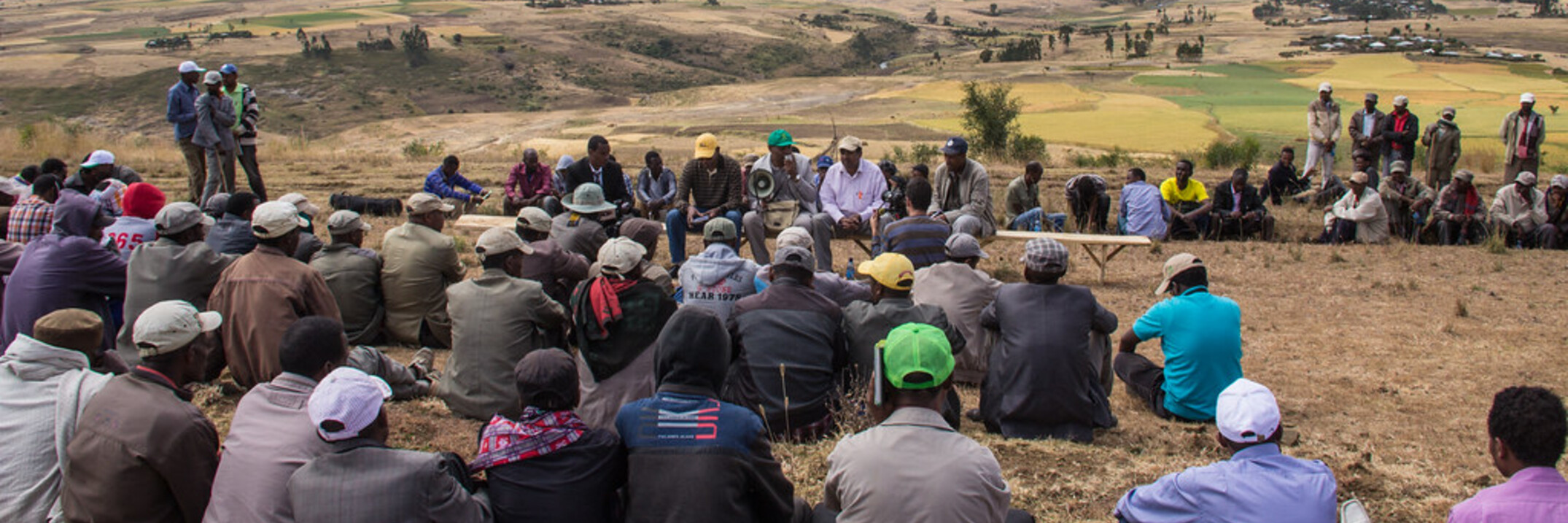Knowledge Unit Objectives
Enhancing job opportunities and social inclusion for youth, through training activities and accompanying paths (MEDABincubator activities) to fostering business culture and the creation of innovative start-ups, focusing on...


